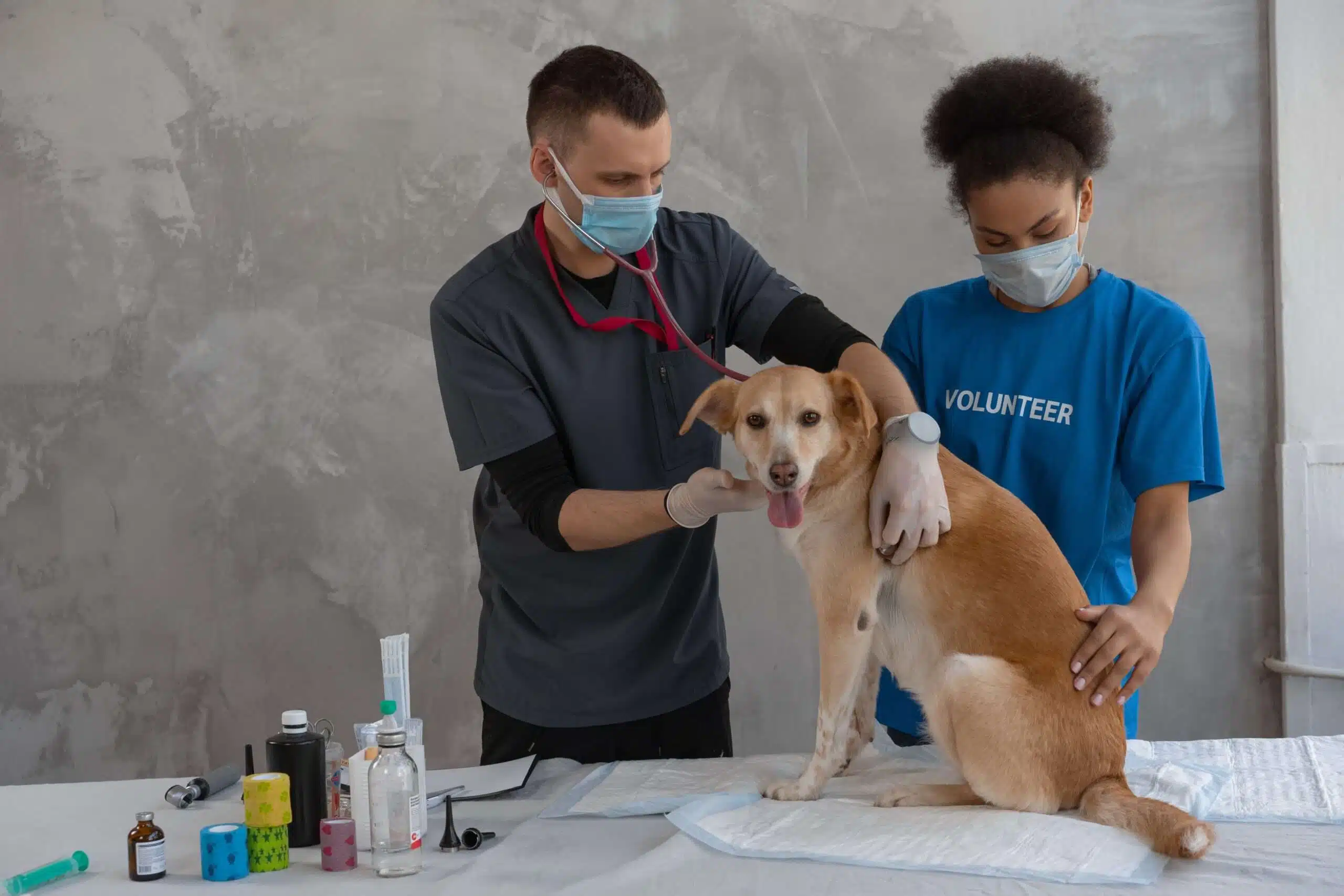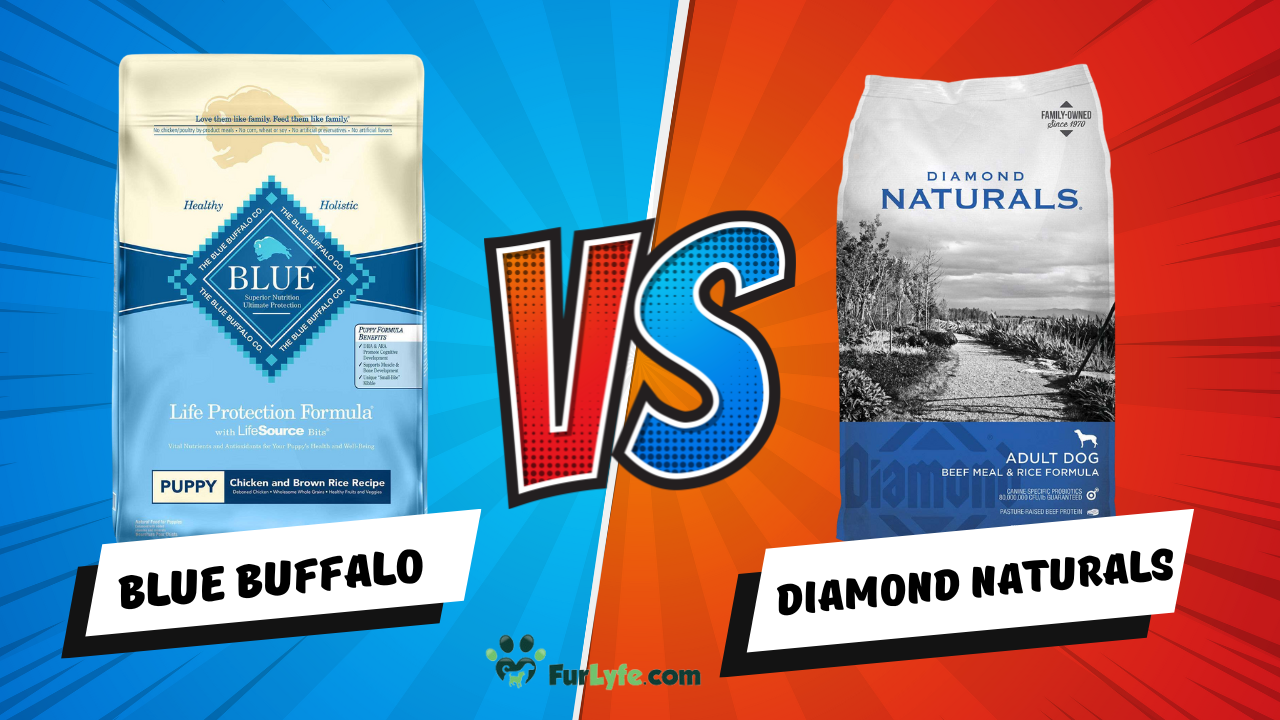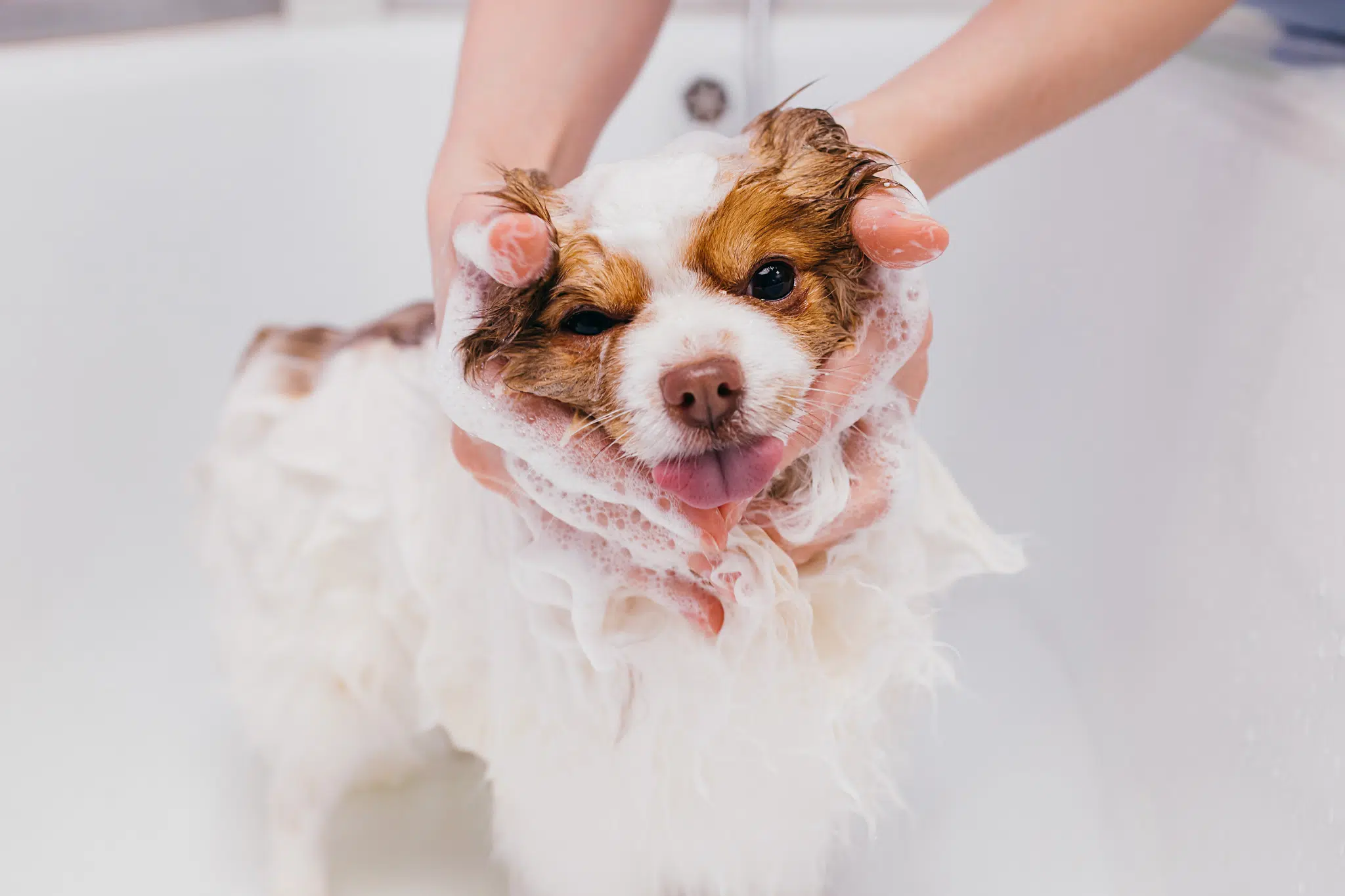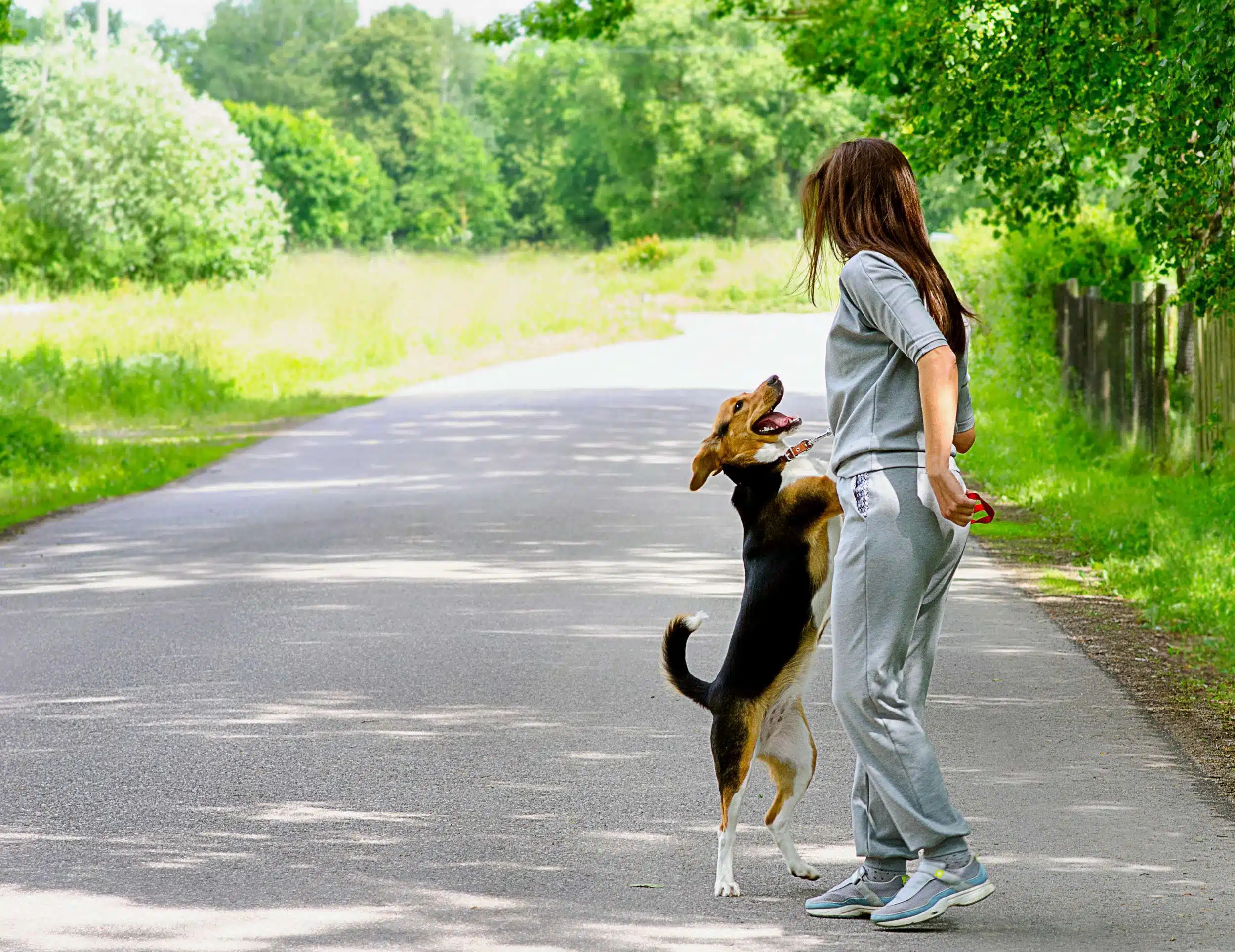Understanding Brown Spots on Dog’s Skin
Have you ever noticed brown or dark spots on your furry friend’s skin and wondered what they could be? Well, you’re not alone! Many pet owners are curious about these spots and what they could mean for their dog’s health.
Those patches could be a condition called hyperpigmentation, which is when an area of the dog skin becomes darker than the surrounding skin due to an increase in the production of melanin.
While some brown spots are harmless and just a normal part of aging, others could indicate an underlying health issue. That’s why it’s important to stay informed about your pup’s skin health and know what to look out for.
In this article, we’ll discuss the possible causes of brown spots on dogs skin and share some tips on how to keep your pup healthy and happy. So, let’s dive in!
What Do Brown Spots on Dogs Skin Look Like?
Brown spots on a dog’s skin are, as the name suggests, patches of skin that have turned brown in color. These spots can vary in size and shape and may appear on any part of the dog’s body. Some brown spots are completely harmless and just a part of the aging process.
However, they can also be an indication of a more serious underlying health issue, such as an infection or hormonal imbalance. It’s important to keep an eye on any changes in your dog’s skin and to consult with a veterinarian if you notice any unusual spots or growths. Early detection and treatment can often prevent more serious health problems down the line.
Here are 15 possible reasons that could cause brown spots on your dog’s skin:
1. Aging
Age spots are a common occurrence in older dogs and can appear anywhere on their body. They usually have a brown hue but may also be black, gray, or even red in color. The size of age spots can range from very small to quite large and may be flat or raised depending on the dog’s individual skin type.
In addition, age spots may have irregular shapes and borders. Although these suspicious spots should always be checked by a veterinarian to rule out any underlying medical conditions, they are usually harmless and just a part of the aging process for our furry friends
2. Sun Exposure
Exposure to the sun can cause an increase in melanin production, which can lead to dark spots on your dog’s skin. This is more common in dogs with short or thin hair, as their skin is more exposed to the sun’s rays. Sunspots may appear anywhere on the body but are more common on the nose, ears, and other areas with less hair.
In addition to dark spots, excessive sun exposure can also lead to sunburns and even skin cancer in pets. It’s important to protect your pet from the sun by limiting their time outdoors during peak hours (10 a.m. to 4 p.m.), using sunscreen when necessary, and providing plenty of shade for them when they are outside.
3. Bacterial Infections or Other Dog Skin Infections
Fungal or bacterial infections can cause discoloration of the skin, which may appear as brown spots. These infections can be caused by a variety of factors, including poor hygiene, allergies, and a weakened immune system. Skin infections may also cause other symptoms, such as itching, redness, and flaking.
Treatment for these infections typically involves antibiotics or antifungal medications, as well as various topical treatments with ointments or shampoos. In some cases, dietary changes may also be necessary in order to help manage the infection.
4. Allergies
Allergic reactions to certain foods, environmental allergens, or flea bites can cause skin irritation and discoloration. In some cases, these allergies can lead to the development of hot spots, which are inflamed, red, and often ooze pus. Allergies may also cause other symptoms of skin inflammation, such as itching, scratching, and hair loss.
5. Hormonal Imbalances
Hormonal imbalances or hormonal disorders such as Cushing’s disease or hypothyroidism, can cause changes in a dog’s skin pigmentation. Hypothyroidism is a condition where the thyroid gland does not produce enough thyroid hormone, which can lead to dry, flaky skin and brown spots. Cushing’s disease is a condition where the body produces too much cortisol, which can cause thinning of the skin and changes in pigmentation.
6. Natural Freckles
Genetic makeup or inherent skin pigmentation is the most common explanation behind why some dogs have brown spots or patches on their otherwise pink skin. Much like freckles and birthmarks, these are areas where a higher concentration of pigment exists in superficial skin layers comparison to the other parts of its body.
It may you, but it is quite rare to find a dog with one solid color all over its body. Even canines that are almost entirely black or brown could have white patches on their stomach, chest, legs and paws. In addition to this contrast in colors dogs often also display darker spots or areas of pigment distributed throughout their fur coat on any light-colored skin present anywhere on the canine’s anatomy – even on the tongue!
Dogs boasting striking dapple, ticked, spotted, harlequin or merle coats often have darker spots on their skin. Breeds featuring these majestic patterns include Dalmatians, English Setters, Australian Shepherds and Great Danes to name a few – not forgetting the distinguished Blue Tick Coonhound either!
7. Trauma
Trauma, skin lesions, or injury to the skin can cause discoloration and scarring, which may appear as brown spots. This can be caused by a variety of factors, such as scratches, bites, burns, bacterial infections, or surgical incisions. Depending on the severity of the injury, these spots may be temporary or permanent.
8. Parasites
Parasites, such as mites or lice, can cause skin irritation and discoloration. Mites are microscopic organisms that burrow into the skin and cause a condition known as mange, which can lead to the development of brown, scaly patches on the skin. Lice are tiny insects that live on the skin and hair of dogs and can cause itching, scratching, and hair loss.
Lice typically leave behind eggs in the fur of your dog, which can be visible to the naked eye and appear as small white specks on the skin. It is important to seek veterinary care if you suspect your pet has a parasite infestation, as these parasites can spread quickly if left untreated. Treatment for parasitic infections can include topical medications, oral medications, and even regular bathing with special medicated shampoos.
9. Nutritional Deficiencies
Nutritional deficiencies may also affect the quality of your dog’s skin, making it more susceptible to damage and infection. This can lead to the development of brown spots, as well as other skin problems. To prevent nutritional deficiencies, it’s important to feed your dog a well-balanced diet that contains all the essential nutrients they need.
10. Autoimmune Disorders
Autoimmune disorders, such as lupus or pemphigus, can cause changes in a dog’s skin color pigmentation. These disorders occur when the immune system attacks the body’s own tissues, including the skin. In addition to changes in pigmentation, autoimmune disorders can cause other symptoms such as rashes, ulcers, and hair loss.
11. Medications
Certain medications, such as chemotherapy drugs or antibiotics, can cause skin discoloration. This is more common in dogs that are on long-term medication, and the discoloration may be temporary or permanent. If your dog is on medication and you notice changes in their skin color, it’s important to speak with your veterinarian.
12. Skin Cancer
Brown spots on dogs skin can sometimes indicate the presence of skin cancer. Skin cancer can be caused by a variety of factors, including genetics, sun exposure, and exposure to certain chemicals. The most common types of skin cancer in dogs are mast cell tumors and melanomas.
If you notice any unusual growths or changes in your dog’s skin, it’s important to have them checked by a veterinarian. Early detection is key in treating any type of cancer in dogs, so it’s important to keep an eye out for any changes in your pup’s skin.
Because of their genetic makeup, certain dog breeds are more susceptible to developing pigmented skin spots. For example, breeds such as Cocker Spaniels, Miniature Poodles, and Golden Retrievers are more likely to develop melanomas, which are cancerous tumors that can appear as brown spots on the skin.
13. Liver Disease
Liver disease can cause changes in a dog’s skin pigmentation, including the development of brown spots. This is because the liver plays an important role in processing waste products and maintaining healthy skin. When the liver is not functioning properly, toxins can build up in the body and cause changes in pigmentation. Other symptoms of liver disease include lethargy, vomiting, and jaundice.
14. Exposure to Chemicals
Exposure to certain chemicals, such as pesticides or cleaning products, can cause skin irritation and discoloration. This is more common in dogs that are exposed to these chemicals on a regular basis, such as those that live on farms or in industrial areas. To prevent exposure to harmful chemicals, it’s important to keep your dog away from areas where these chemicals are used and to use natural, non-toxic products in your home.
15. Yeast Infections
Dog yeast infections are a common ailment among our beloved canine companions. These infections are caused by an overgrowth of yeast in the dog’s body, typically due to a weakened immune system. Symptoms can include itchiness, redness, and an unpleasant odor. It is important to seek veterinary care if you suspect your dog is suffering from a yeast infection, as they can easily spread and become more serious if left untreated.
Yeast infection treatment options include managing the underlying cause of the infection, such as changing your dog’s diet or treating an underlying medical condition, as well as topical and oral medications prescribed by your veterinarian. With proper care and attention, however, most dogs are able to recover fully from yeast infections and enjoy their happy, active lives once again.
How Does a Veterinarian Diagnose and Treat Brown Spots on Your Pup?
When it comes to diagnosing and treating brown spots on dogs skin, your veterinarian will typically begin with a physical examination of the affected area. They may also take samples from the spot, such as a skin scraping, fluid aspirate, or biopsy, to determine the underlying cause of the issue.
Once the underlying cause of skin infection is identified, your veterinarian will determine the appropriate course of treatment. For certain conditions such as hypothyroidism, food allergies, Cushing’s disease, and diabetes, long-term medications or monitoring may be necessary. In other cases, shorter courses of antibiotics or antifungals might resolve the issue completely.
If the brown spots are caused by a cancerous growth, surgical removal of the tumor is usually the first step, followed by chemotherapy or radiation to prevent the cancer from spreading.
In addition to medication or surgery, your veterinarian may recommend changes to your dog’s diet, grooming routine, or environmental factors to prevent the recurrence of brown spots on your pup’s skin.
In summary, diagnosing and treating brown spots on dogs skin requires a comprehensive approach that takes into account the underlying cause and the appropriate treatment plan. By working closely with your veterinarian, you can help keep your furry friend healthy and happy for years to come.
Conclusion
So, there you have it, fellow dog lovers! Brown spots on dogs skin can be caused by a variety of factors, from harmless age spots to more serious health issues such as skin cancer or liver disease.
By staying informed and keeping an eye out for any changes in your pup’s skin, you can work with your veterinarian to develop a plan of action to keep your furry friend healthy and happy. Remember, early detection and treatment can make all the difference, so don’t hesitate to reach out to your vet if you have any concerns.
Here’s to happy and healthy pups with beautiful, spot-free skin!









Get involved!
Comments